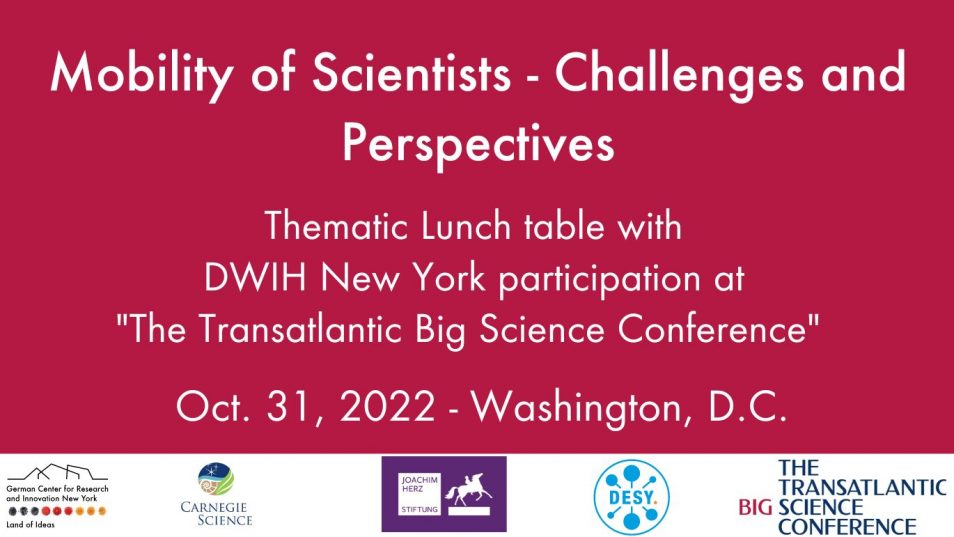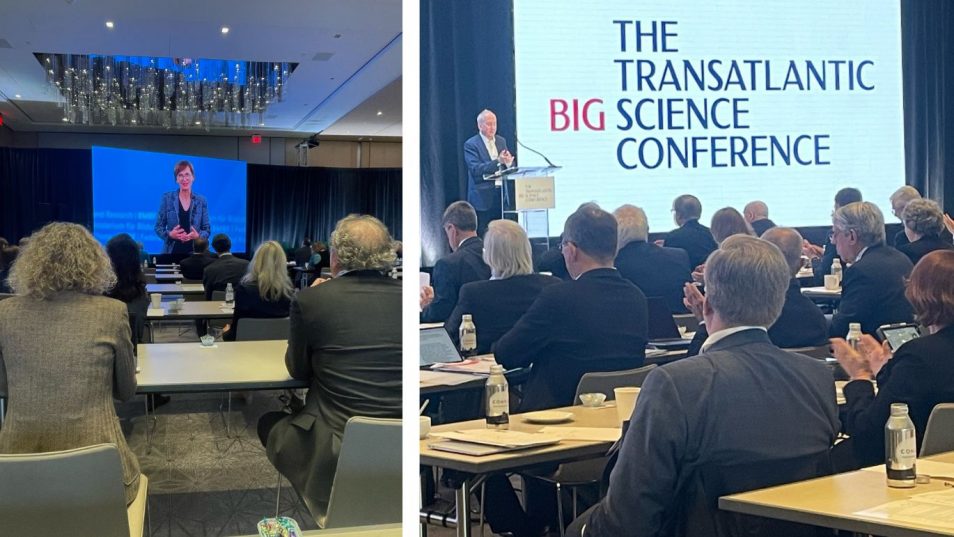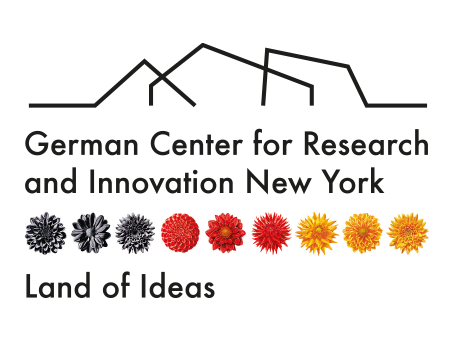Mobility of Scientists - Challenges and Perspectives

DWIH New York Head of Programs Jan Lüdert gave his insights on the mobility of scientists on a panel during “The Transatlantic Big Science Conference” in Washington, D.C.

Europe and Germany in particular maintain an intensive exchange of knowledge and people with the U.S.A. To name just a few numbers: The US are among the TOP 5 destination countries (and the first among non-European destinations) for German students going abroad. US-Students going abroad choose the UK and Canada as their top destinations, where they do not face language barriers. Germany follows directly as the third most attractive destination for study abroad. And the US are one of the five most important countries of origin for international researchers and lecturers at German universities.
But the mobility of scientists is currently facing a number of challenges. And that’s not just the pandemic and the current war in Ukraine. German exchange organizations such as DAAD and the Alexander von Humboldt Foundation are currently being disproportionately affected by federal budget cuts. On the American side, the attractiveness of the research sector is affected, e.g. by restrictive visa regulations. Increasingly, universities are reporting difficulties in recruiting international scientists.
At this lunch table we want to discuss the challenges and perspectives for mobility of scientists with experts from both sides of the Atlantic.
Panelists
- Bernard Kippelen, Vice Provost for International Initiatives, Steven A. Denning Chair for Global Engagement, Co-President of Institut Lafayette, Georgia Institute of Technology, Atlanta
- Jan Lüdert, Head of programs, German Center for Research and Innovation (DWIH), New York
- Host: Jörg Maxton-Küchenmeister, Joachim Herz Foundation, Director Program Area Science, Hamburg, Germany
